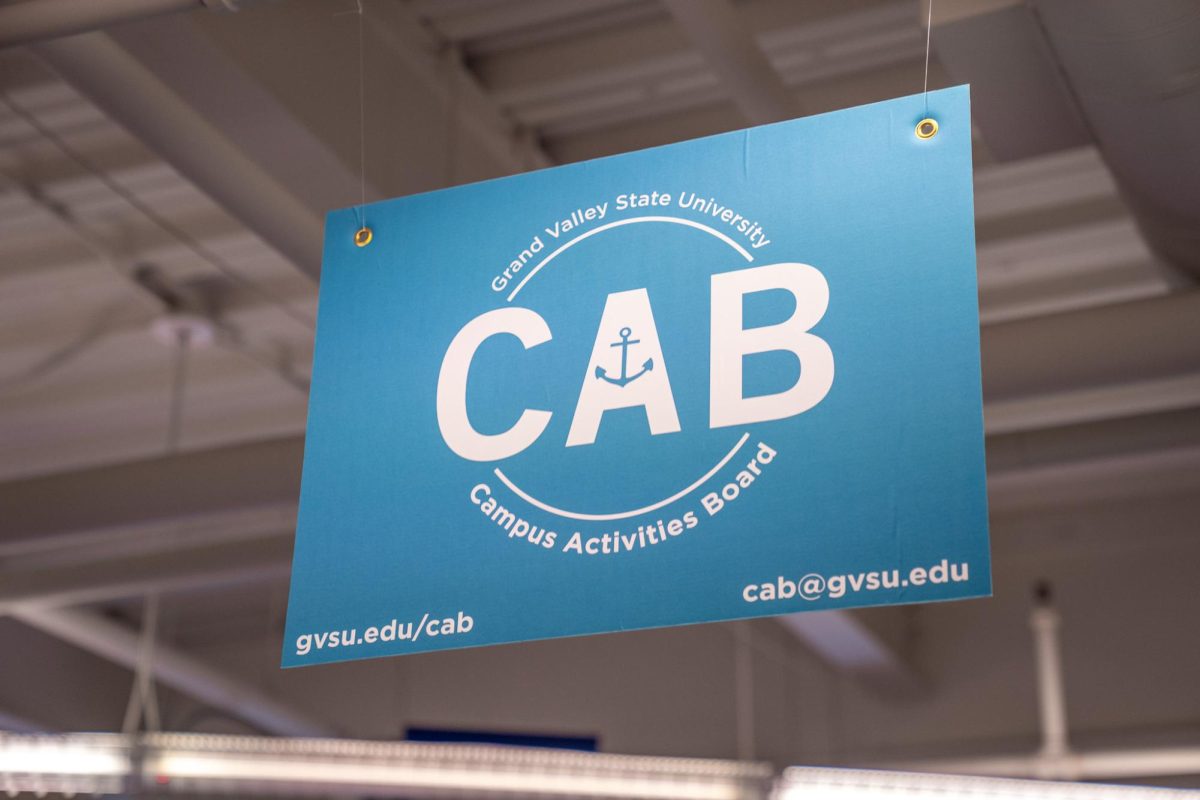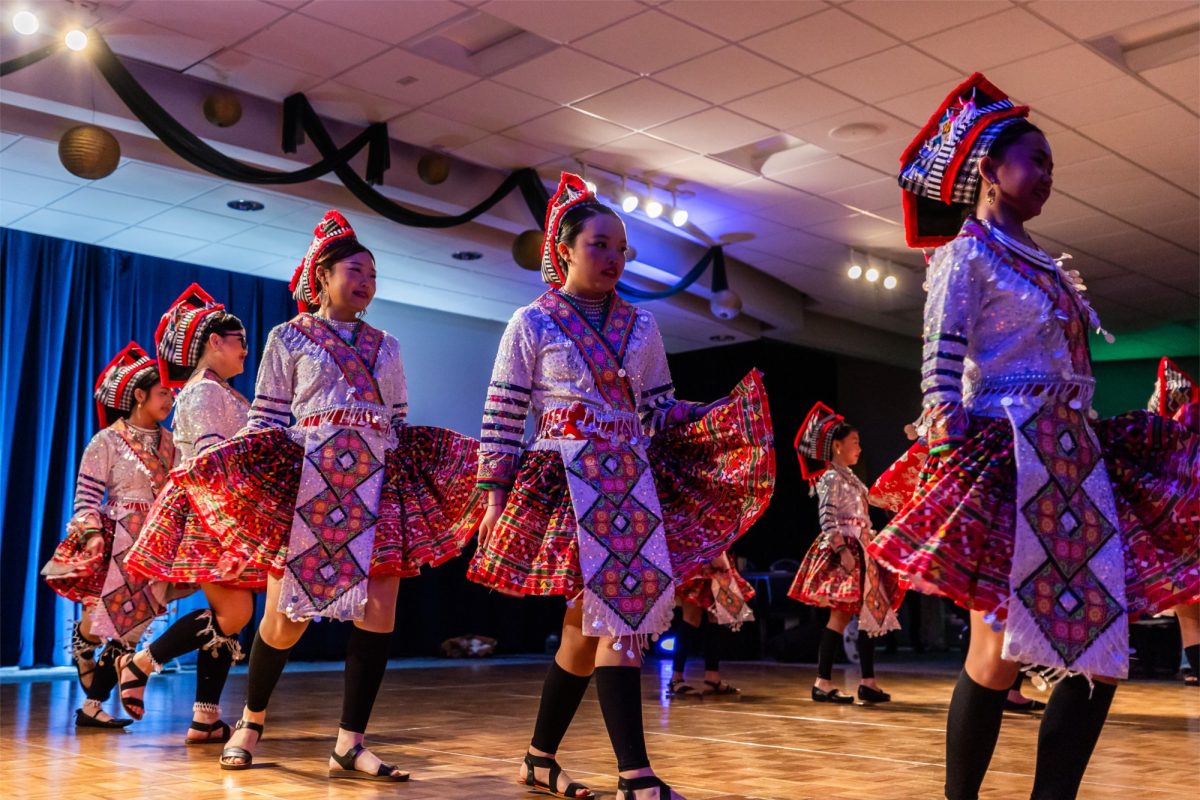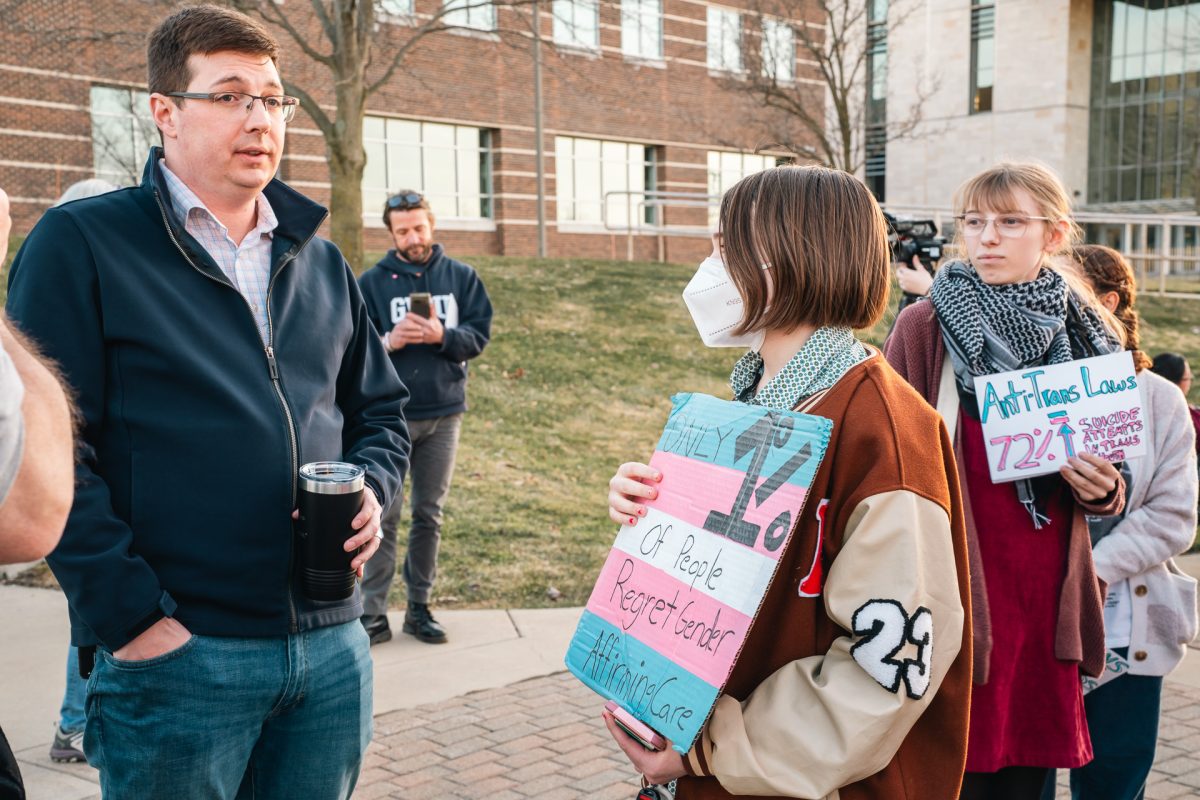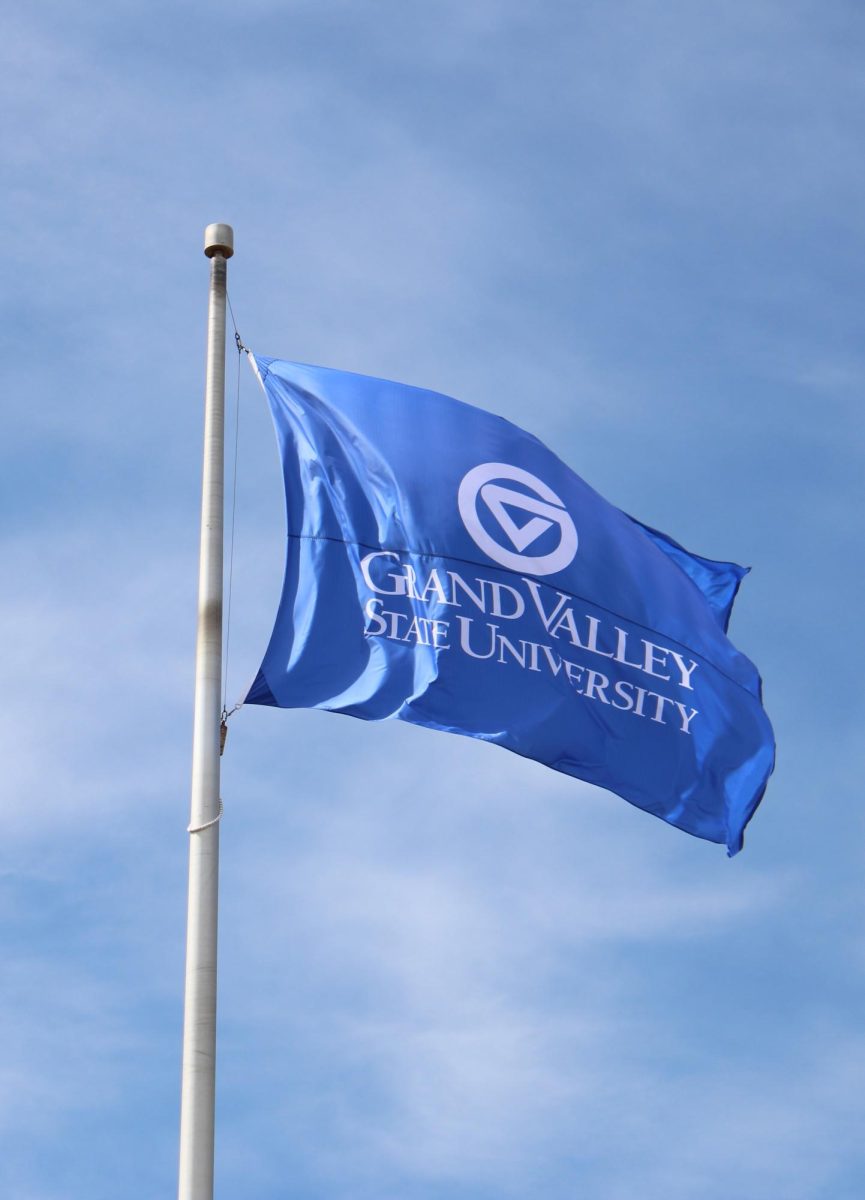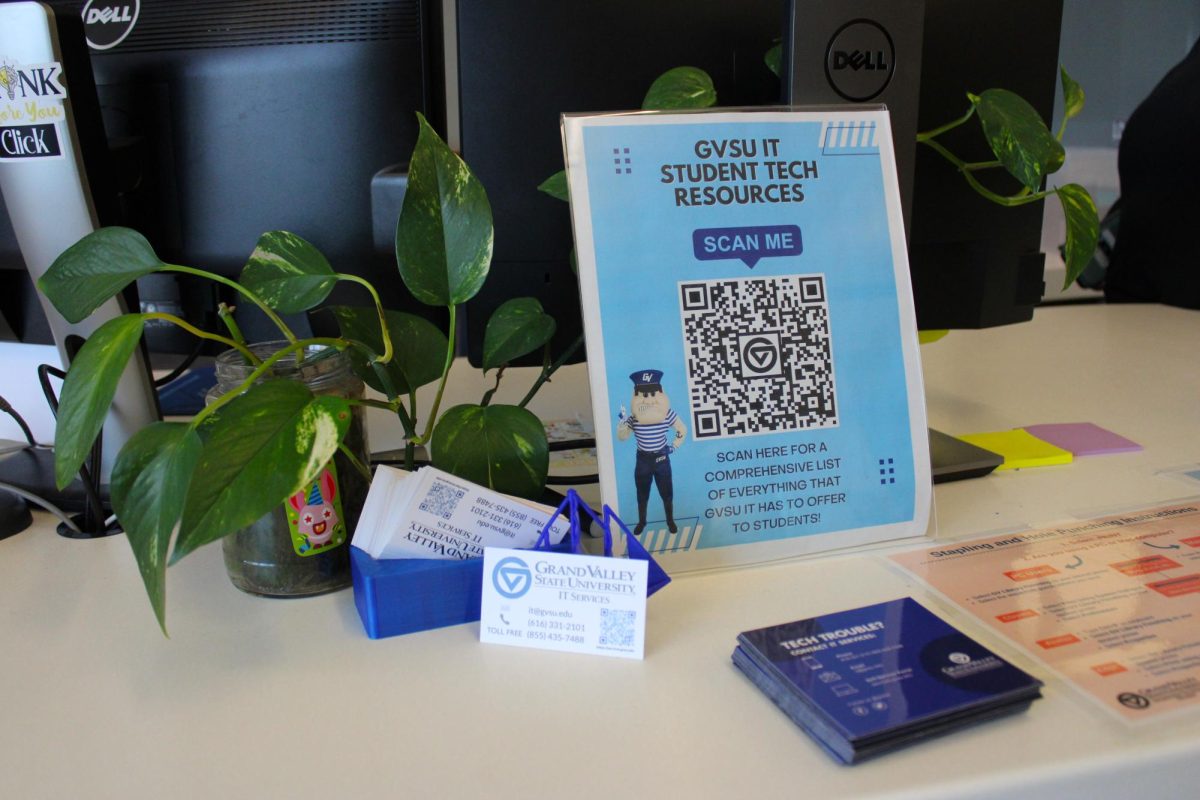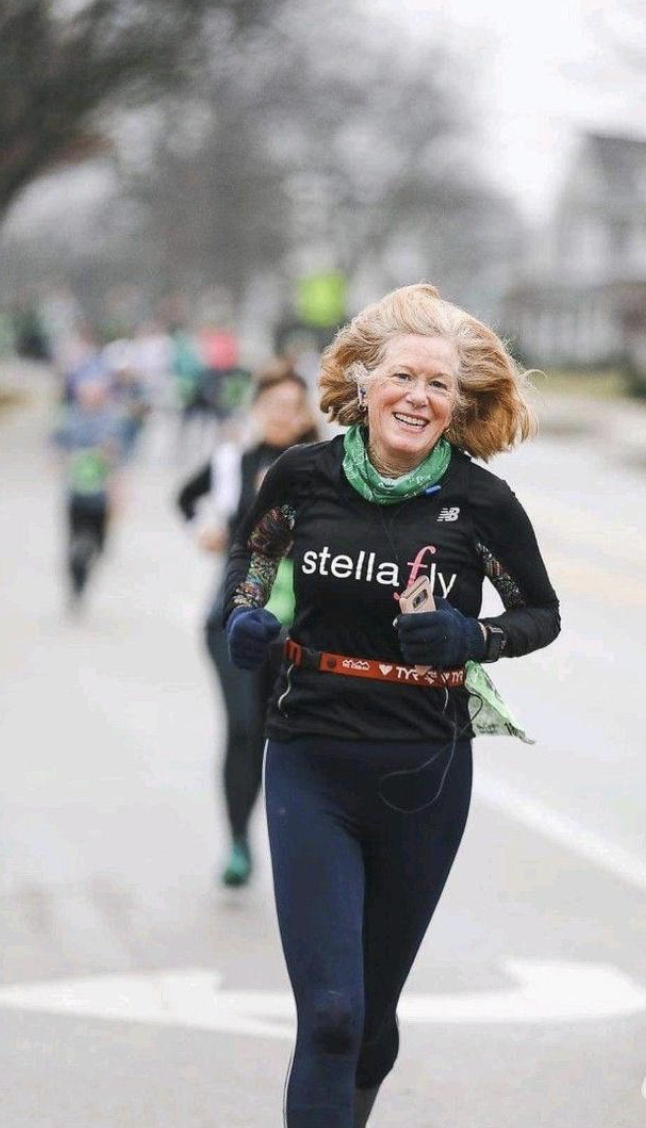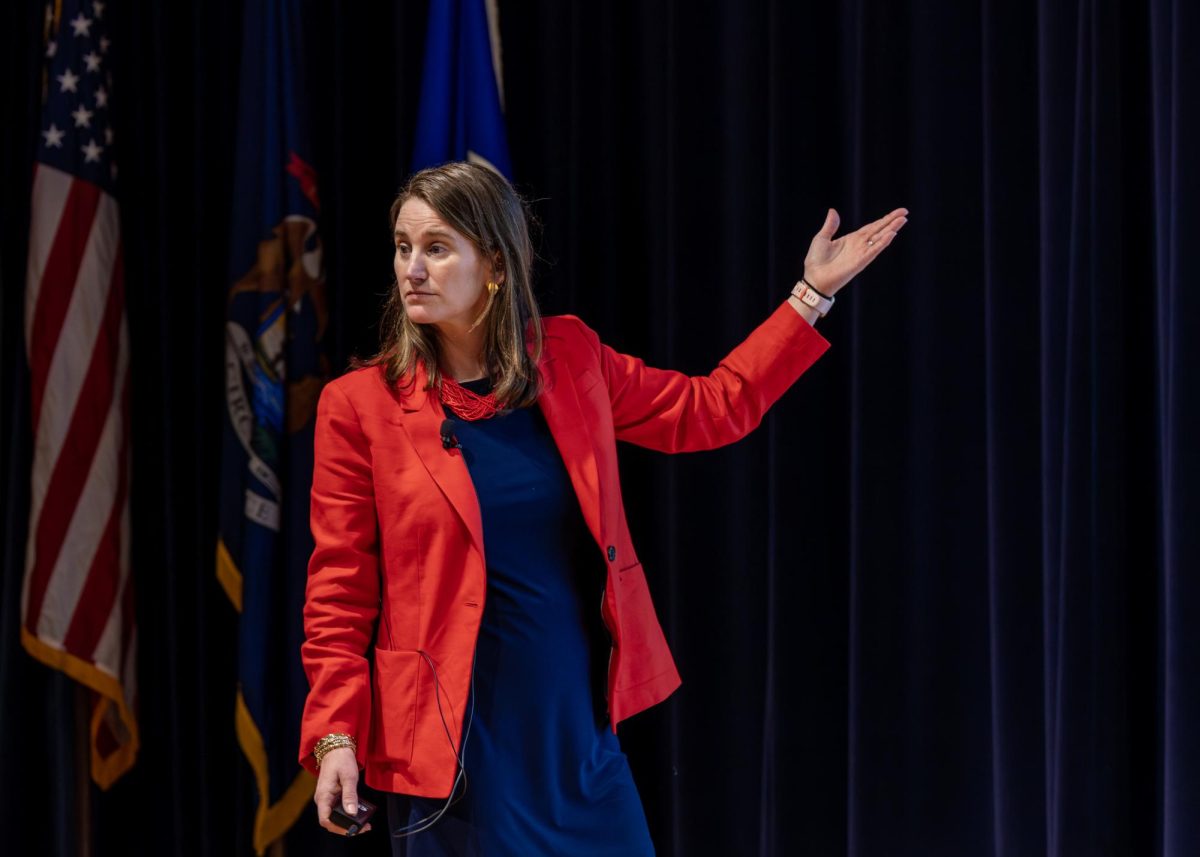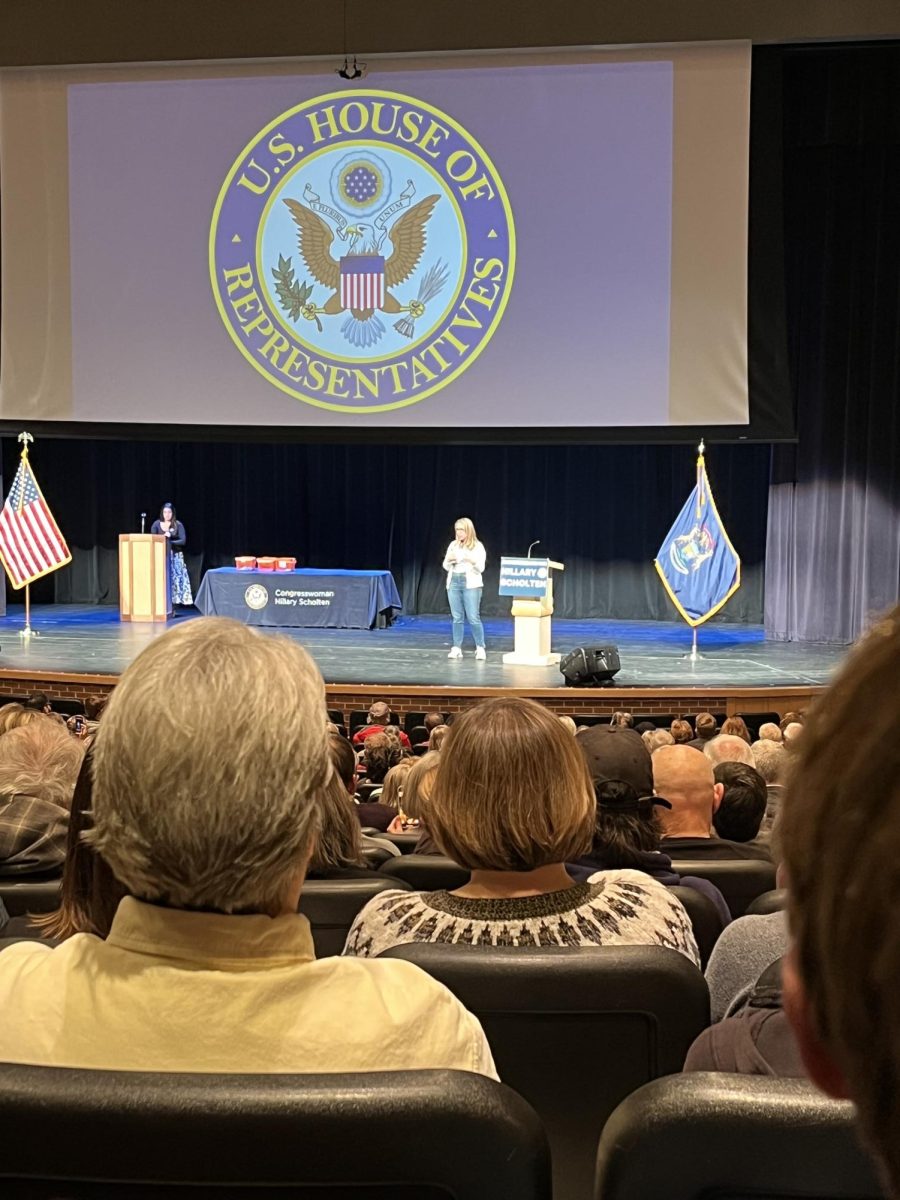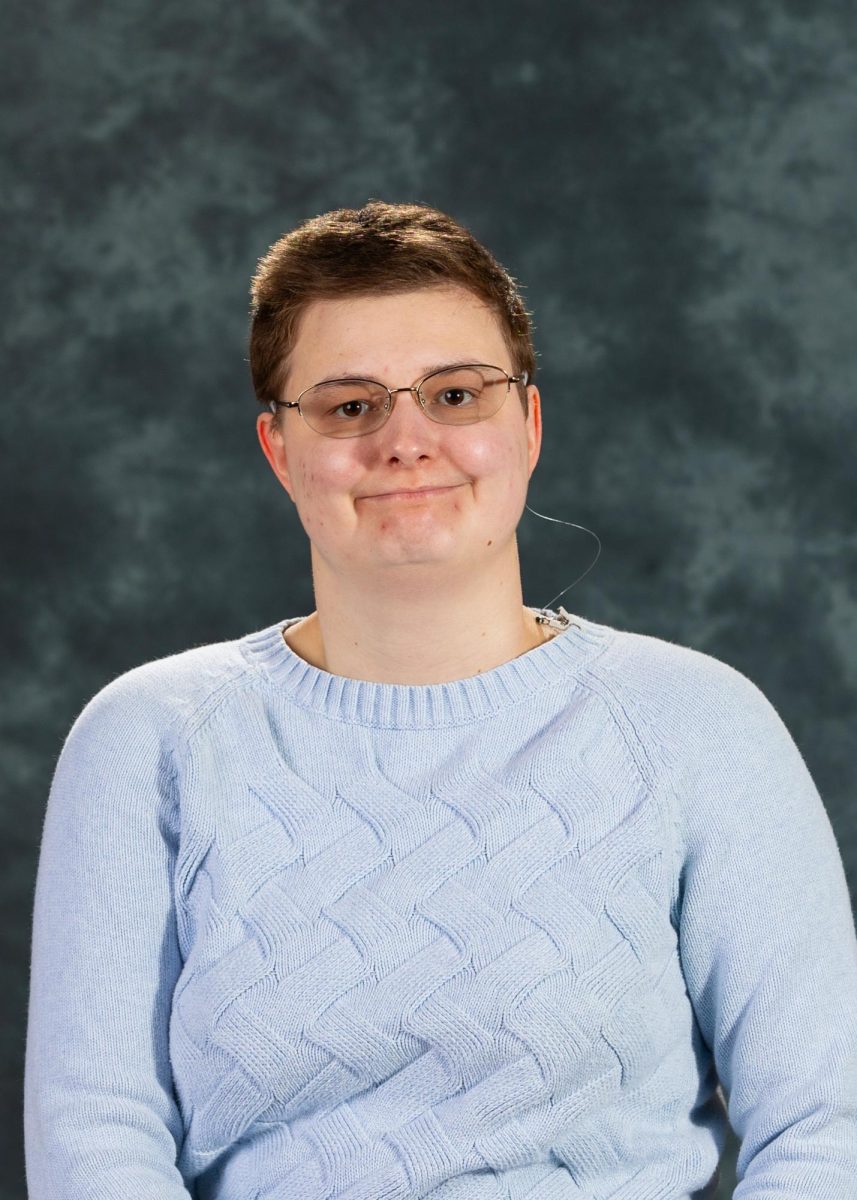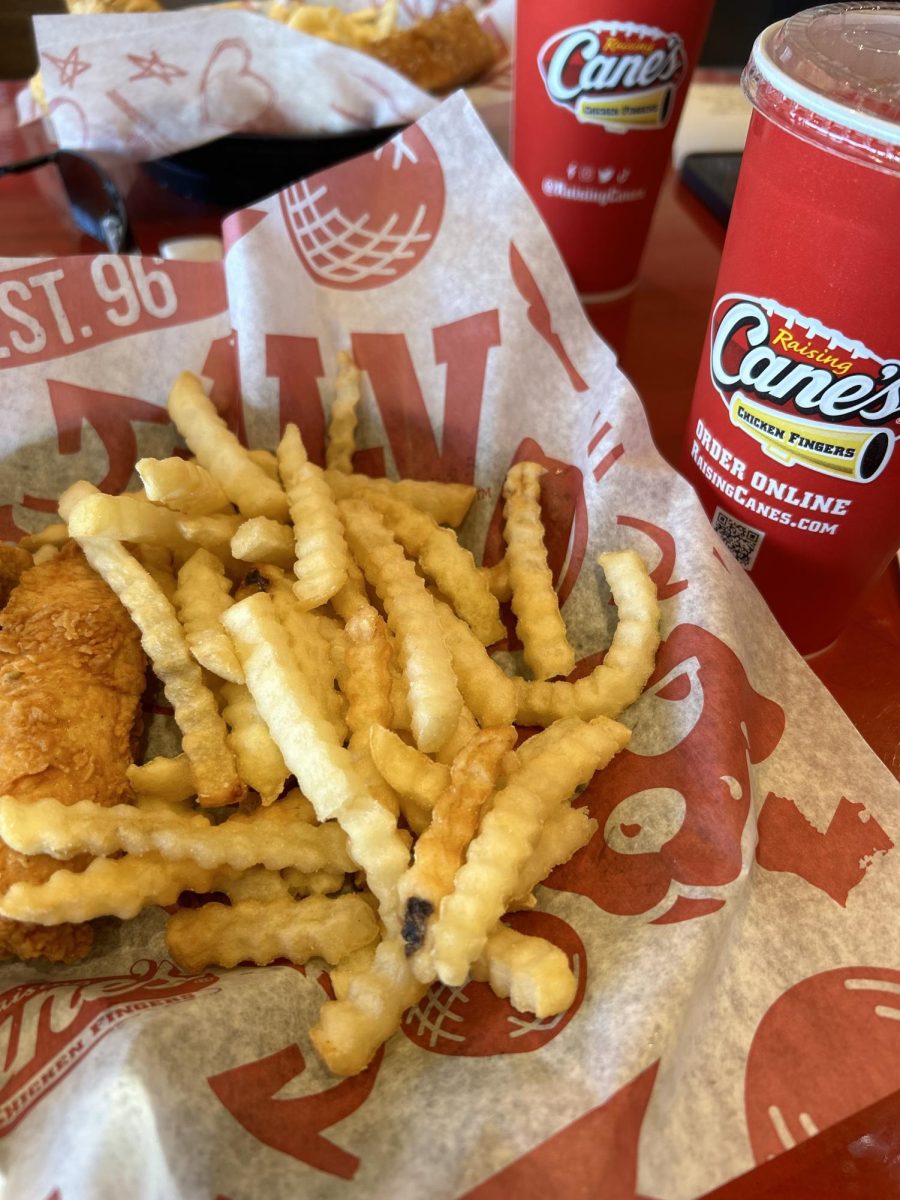On Feb. 28, Grand Valley State University hosted “Democracy 101: Democracy in Action, Then and Now,” through Office of Student Life: Civic Engagement in the Mary Idema Pew Library’s Multipurpose Room. The event discussed the history of college activism, the importance of students’ political action during the 20th century and their enduring legacy.
The event aimed to show students that they can make an impact on their current world and have the potential to shape history.
Jakia Marie, Ph.D., assistant professor of interdisciplinary studies at GVSU, presented on youth activism during the ’60s, a time period rocked by the Vietnam War and JFK’s assassination, and permeated by the Civil Rights Movement.
Many political groups during the time period, such as the Student Nonviolent Coordinating Committee, Students for a Democratic Society and the Black Panther Party for Self-Defense, were led by young leaders, including Huey P. Newton and Tom Hayden. The groups organized young people and would engage in sit-ins and protests, many of which took place on college campuses.
Marie aimed to show students that they have the power to initiate change.
“I wanted to demonstrate (the) power that those in the past have shown (can) inspire students (to) recognize their brilliance and what the effects can be when they bring their collective efforts together,” Marie said. “The most important piece was the connection to Grand Valley, so students today can see what students just last year, five years ago and 10 years ago did.”
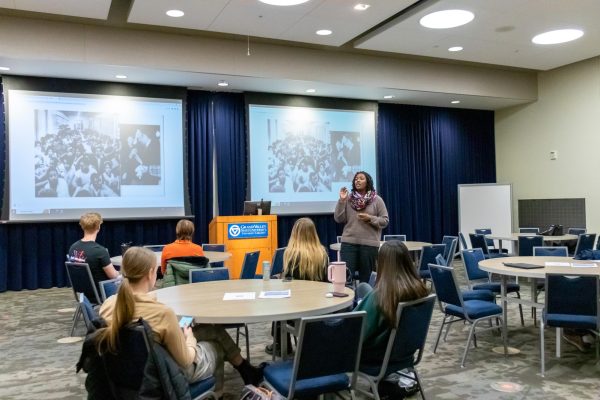
The next presenter was C. Tyler Godines Camarillo, Ph.D., an assistant professor of political sciences, who discussed the importance of students asking questions, such as “How do I get involved?” and the history behind the Chicano Movement battling against social norms in the ’60s.
The Chicano Movement began gaining national attention due to the United Farm Workers union and the Delano grape strike, which in turn galvanized the Chicano Movement and Latino students fighting against racial discrimination. This led to more Mexican-Americans wanting to embrace their history and ancestry instead of assimilating.
Camarillo wanted students to not be scared to participate in what they believe in.
“They (students) shouldn’t be worried about getting out there and participating because there are groups out there with the knowledge of networks, systems of what needs to be done and what issues need to be addressed,” Camarillo said. “Take that step and reach out to groups on campus because those groups have history.”
Melissa Baker-Boosamra, associate director of student life, talked about the importance of events like this, their history and how they encourage students.
“I think it’s an opportunity for students to understand what has come before them,” Baker-Boosamra said. “To see that there are a lot of examples throughout history of ways that students have been able to make change around issues they care about.”
Lukas Hartley, a Fellow for Campus Votes Project Leadership, was in attendance for both presentations, and was grateful for the professors who presented.
“I was very grateful we could get both professors involved and I think it’s just important for students to know that they can do something,” Hartley said. “I know a lot of students who feel disheartened or concerned about a lot of different situations, but there’s not really a good translation of action, so laying that groundwork and showing students how it’s (been) done in the past would be really beneficial.”
The next event for Democracy 101 will be at the Mary Idema Pew Library Multipurpose Room on Wednesday, March 27 at 6 p.m.
“College would be so boring without student activism,” Marie said. “I would say colleges are more dynamic because of student activism, students are what truly shape universities and have shaped universities to become better everyday.”






